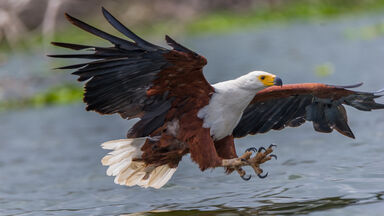A peculiar sensitiveness is manifested by the leaves of the socalled insectivorous plants.
Both the insectivorous and frugivorous divisions of the bats are well represented.
They are merely practising the inherited instinct to lie motionless, movement being the only indication of the presence of living prey known to many insectivorous animals.
Since the adoption of an aquatic mode of life by Desis and Argyroneta involves no increased facilities in getting food, and merely substitutes for ordinary terrestrial enemies fishes and crustaceans in the former case, and fishes, amphibians, and insectivorous water-insects in the latter, the supposition is justified that the change in environment is due to the unremitting persecution of Pompilidae and Ichneumonidae, which would not venture to pursue their prey beneath the water's surface.
Prominent among a great variety of song-birds and insectivorous birds are the robin, blue bird, cat bird, sparrows, meadow-lark, bobolink, thrushes, chickadee, wrens, brown thrasher, gold finch, cedar wax-wing, flycatchers, nuthatches, flicker (golden-winged woodpecker), downy and hairy woodpeckers, rose-breasted grosbeak, Baltimore oriole, barnswallow, chimney swift, purple martin, purple finch (linnet), vireos and several species of warblers.
